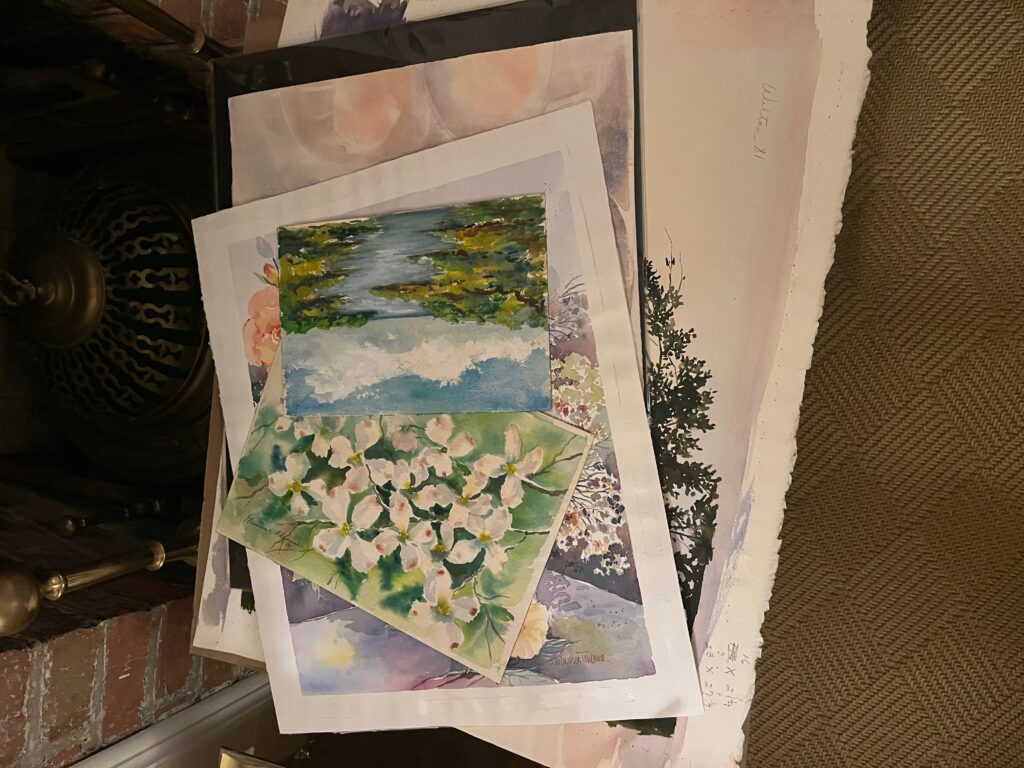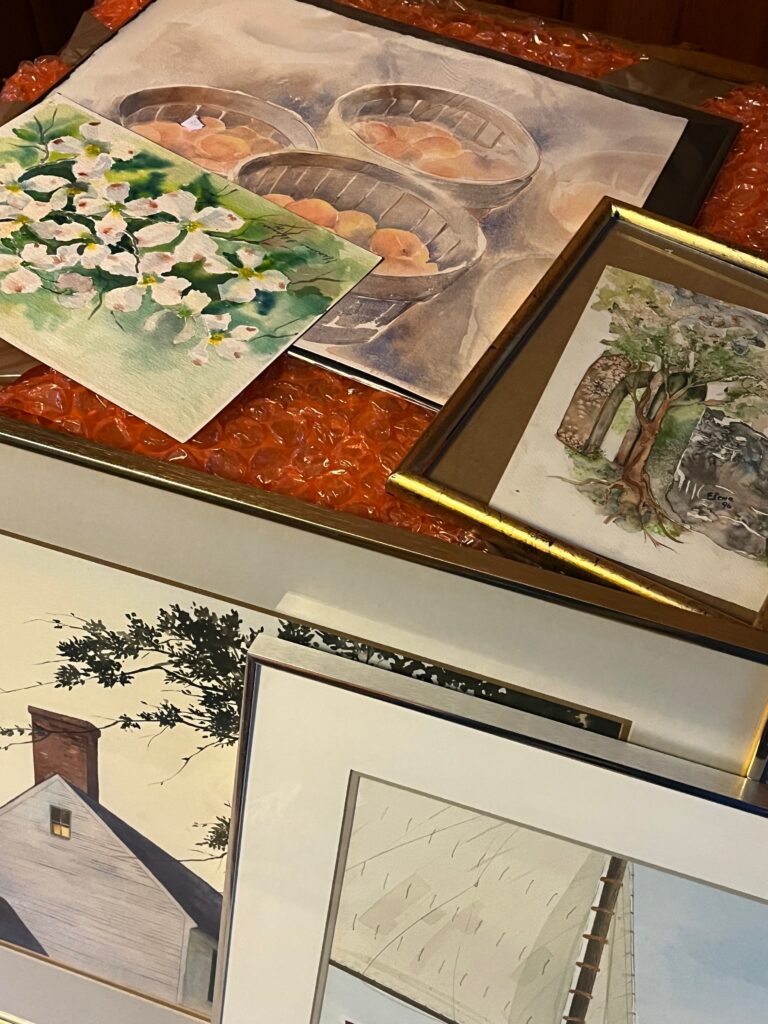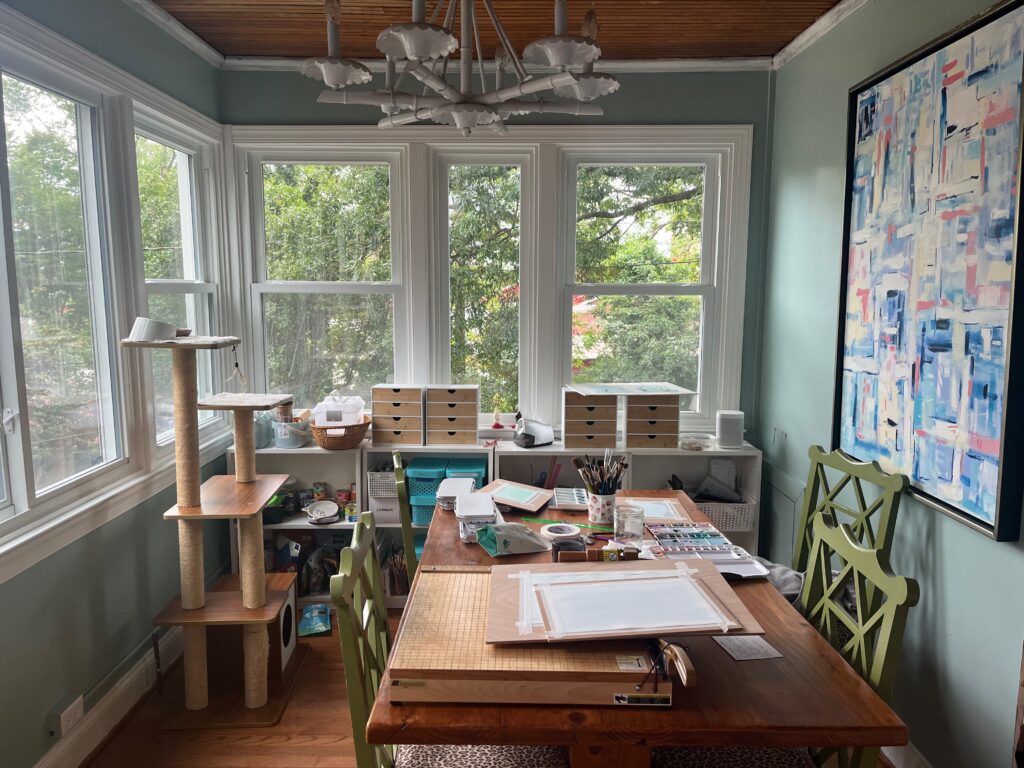Some Thoughts on Vintage Upholstery, Quality, and the Planet
Every now and then, I see a pair of chairs at a flea market and I think long and hard about buying them. Sometimes I do. Some of my client’s favorite pieces, and some of mine, are reupholstered vintage. Why would I do this when there are so many new chairs out there in the world? Why on earth would I bother?
The answer to this is simple: the bulk of new furniture is cheap, it is made of particle board and held together with staples, it is designed to fall apart. Did you see this recent article in the Washington Post?
When I find a pair of vintage club chairs that were made even as late as the 60s, 70s, or 80s, I snap them up. They are made with hardwood frames, real springs, and held together with pegs and screws. Further, they can be reupholstered.


These chairs above (with my dog as a very handsome model, I would add), show the before-and-after of a pair I bought for $60 at an estate sale.
It is true that getting the chairs from the estate sale to the client’s living room is not without effort. I can sometimes fit them in my car, especially those nice small mid-century ones, but you’ll often need a delivery person’s help. Then there’s fabric, getting the upholsterer to come get it, having it sit there for a while, then delivered. There are a lot of costs in there. It doesn’t end up being any cheaper than a new custom one, quite often.
However, I like the small profile of vintage chairs for older spaces. I like the interesting shapes.
And I like knowing that we’ve kept some more stuff out of the landfill—not just the vintage stuff. If I have a pair of good quality vintage chairs reupholstered, I’m not buying one of those cheap ones that is designed to start sagging in its fourth year. And another, and another, and another. I would have to buy a dozen pairs of chairs to replace the one pair of vintage ones in my living room. So cheaper isn’t really cheaper, is it?






